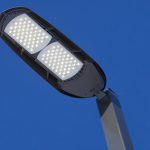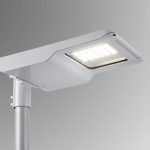Boost Your Plants’ Growth with LED Lights: The Best Color for Plant Growth Revealed
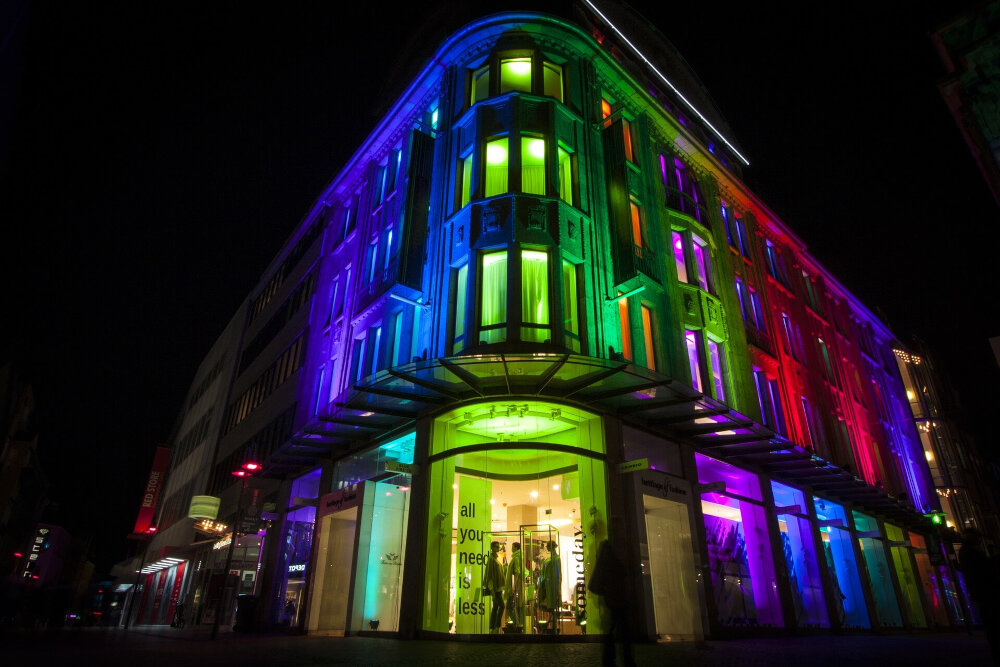
In recent years, LED lights have become increasingly popular in the world of indoor gardening. With the ability to mimic natural sunlight, LED lights offer a practical and energy-efficient solution for those looking to give their plants an extra boost. However, not all LED lights are created equal, and choosing the right color can make all the difference when it comes to your plants’ growth and development. If you’re new to indoor gardening or looking to take your skills to the next level, it’s important to understand the role of light in plant growth. Plants need light to photosynthesize, a process that allows them to convert light energy into food. Without the right amount and type of light, plants can become stunted, discolored, and even die. In this article, we’ll explore the best colors for plant growth and how LED lights can help you achieve the perfect conditions for your indoor garden.
LED lights can boost plant growth by providing the specific wavelengths of light that plants need to carry out photosynthesis effectively. Unlike traditional light sources such as incandescent or fluorescent bulbs, LED lights can be customized to emit light in specific wavelengths, which can be tailored to the needs of particular plants. For example, blue light helps promote vegetative growth, while red light encourages flowering and fruiting. By providing plants with the right balance of light wavelengths, LED lights can help maximize plant growth and yield. Additionally, LED lights are energy-efficient and long-lasting, making them a cost-effective option for growing plants indoors.
Choosing the right color is crucial when it comes to growing plants with LED lights. The color of the light emitted by the LED bulb directly affects the process of photosynthesis, which is essential for plant growth. Plants absorb different colors of light at different rates, with blue and red light being the most effective. Blue light stimulates vegetative growth, while red light is crucial for the flowering and fruiting stages of plants. Choosing the right color for your LED lights can make a significant impact on the health, growth, and yield of your plants. It’s essential to understand the specific light requirements of your plants and invest in LED bulbs that emit the right color spectrum to optimize their growth.
Understanding the Role of Light in Plant Growth
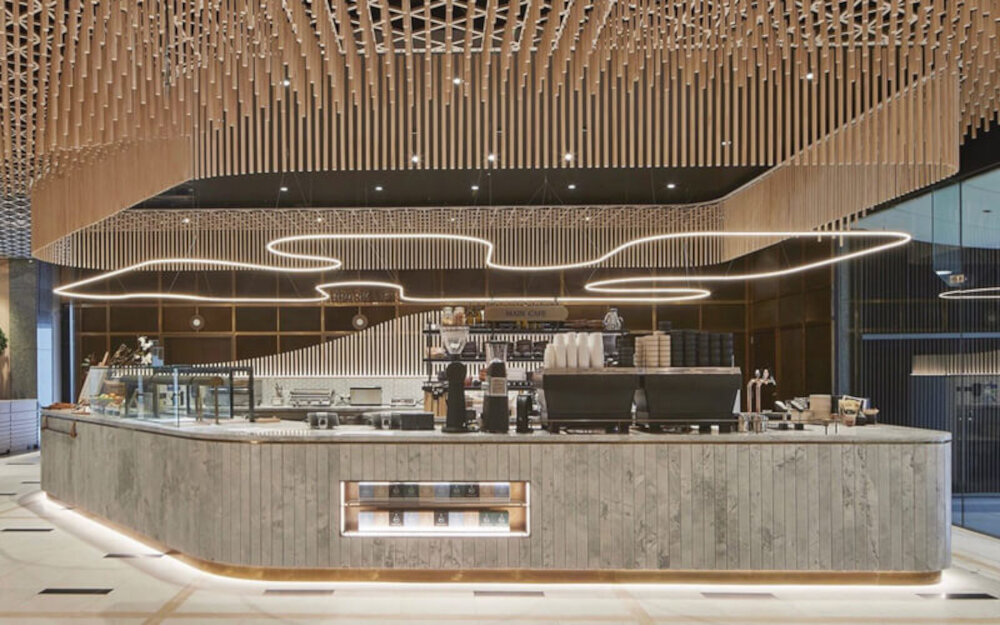
Light is one of the most important factors in plant growth. Plants use light to carry out photosynthesis, which is the process by which they create energy from sunlight. The light that plants use for photosynthesis is called photosynthetically active radiation (PAR). This type of light has a wavelength between 400 and 700 nanometers and is typically found in natural sunlight. However, not all light is created equal when it comes to plant growth. Different colors of light have different effects on plants, which is why it is important to understand the role of light in plant growth. One of the most important things to understand about light and plant growth is that plants need different colors of light at different stages of growth. For example, blue light is important for vegetative growth, while red light is important for flowering and fruiting. This is because different colors of light have different wavelengths, and those wavelengths are absorbed by different pigments in the plant. For example, chlorophyll absorbs blue and red light, while carotenoids absorb blue and green light. By understanding the role of different colors of light in plant growth, you can use LED lights to provide your plants with the right wavelengths of light at the right times, which can help you to boost your plants’ growth and productivity.
Photosynthesis is a process that plants use to convert light energy into chemical energy to fuel their growth and development. The process is initiated by the absorption of light energy by pigments called chlorophyll, which are present in the chloroplasts of plant cells. Chlorophyll absorbs light most efficiently in the blue and red regions of the electromagnetic spectrum, while reflecting green light, which gives plants their characteristic color. Once absorbed, the light energy is used to produce ATP, a molecule that acts as an energy carrier for the plant, and to generate chemical bonds between carbon dioxide and water to produce glucose, which is the primary source of energy for plants. By using LED lights that emit the right color spectrum, gardeners can provide their plants with the optimal conditions for photosynthesis, resulting in faster growth rates and healthier plants.
Light is an essential factor that affects plant growth and development. Different wavelengths of light play a crucial role in photosynthesis, the process by which plants convert light energy into chemical energy. Chlorophyll, the green pigment in plants, absorbs red and blue wavelengths of light most efficiently, while reflecting green wavelengths. However, other pigments in plants, such as carotenoids and phycobilins, absorb different wavelengths of light, like yellow, orange, and red. These wavelengths play a critical role in regulating plant growth and development, including seed germination, stem elongation, and flowering. Therefore, providing plants with the right wavelengths of light, such as red and blue, can enhance photosynthesis and improve plant growth and yield.
The Benefits of LED Lights for Plant Growth
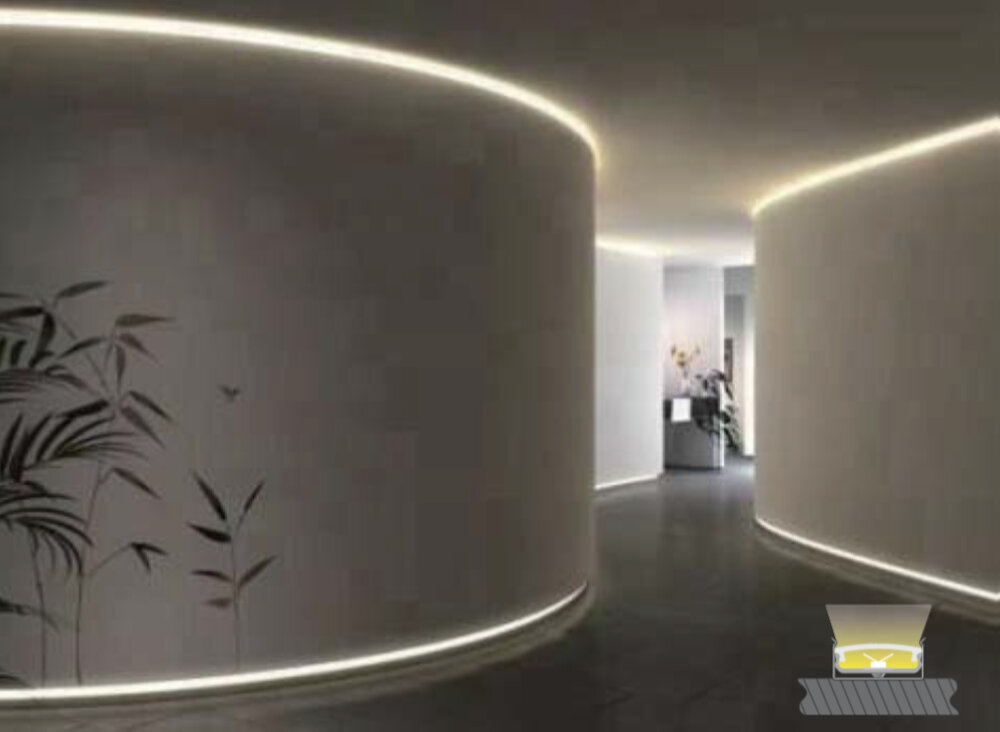
LED lights have revolutionized the way we grow plants indoors. The technology behind LED lights has made it possible to grow plants in an efficient and cost-effective manner. LED lights have been proven to be the most effective lighting solution for plants. Unlike traditional lighting solutions, LED lights emit a full spectrum of light, which includes all the colors of the rainbow. This full spectrum of light is essential for plant growth as it provides the necessary wavelengths of light for photosynthesis. LED lights also emit less heat than traditional lighting solutions, which means that they can be placed closer to plants without causing damage. This allows for greater control over the light intensity and distribution, which can lead to better plant growth. Another benefit of LED lights for plant growth is their energy efficiency. LED lights use less energy than traditional lighting solutions, which means that they are more cost-effective in the long run. This is because LED lights convert a larger percentage of the energy they use into light, whereas traditional lighting solutions convert more energy into heat. LED lights also have a longer lifespan than traditional lighting solutions, which means that they need to be replaced less frequently. This not only saves money but also reduces waste. Overall, the benefits of LED lights for plant growth are clear. They are an efficient and cost-effective way to grow plants indoors, and they provide the necessary light spectrum for optimal plant growth.
When it comes to growing plants indoors, selecting the right type of lighting is crucial. While traditional grow lights such as high-pressure sodium (HPS) and metal halide (MH) have been popular for a long time, LED lights have emerged as a more efficient and cost-effective solution. LED lights have a longer lifespan, consume less energy, and produce less heat than their traditional counterparts. Additionally, LED lights can be tailored to emit specific wavelengths of light, which can be optimized for different stages of plant growth. For example, blue light promotes vegetative growth, while red light stimulates flowering and fruiting. Overall, LED lights are a superior choice for indoor plant growth due to their energy efficiency, customizable light spectrum, and extended lifespan.
One of the key benefits of using LED lights for plant growth is their energy efficiency, which translates into cost savings. Unlike traditional lighting sources, such as incandescent or fluorescent bulbs, LED lights consume much less energy to produce the same amount of light. This means that not only are LED lights better for the environment, but they also allow for significant reductions in electricity bills. Furthermore, LED lights have a longer lifespan than traditional bulbs, which means that they need to be replaced less frequently, further reducing costs. By using LED lights, plant growers can achieve optimal growth while also enjoying the benefits of energy efficiency and cost savings.
The Best Color for Plant Growth
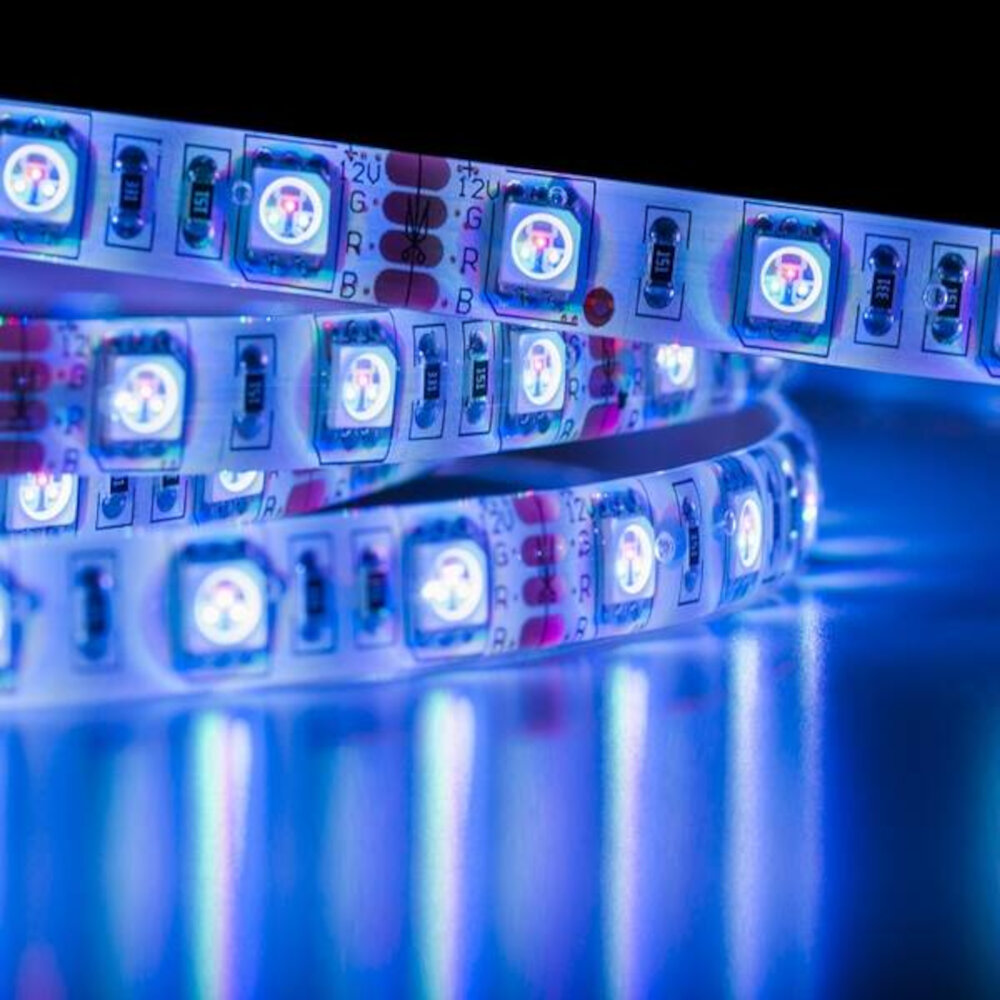
The best color for plant growth has been a topic of discussion among gardeners and horticulturists for years. Recent research has revealed that the color that is most beneficial for plant growth is blue. Blue light with a wavelength of around 400-500 nm is absorbed by the chlorophyll in plants and is essential for photosynthesis. This process allows plants to convert light energy into chemical energy, which they use to grow and develop. Blue light also plays a crucial role in regulating plant growth and development, including the formation of leaves, stems, and flowers. However, it is important to note that blue light alone is not enough to ensure optimal plant growth. While blue light is essential for photosynthesis and growth, plants also require other wavelengths of light, including red and green light. Red light with a wavelength of around 600-700 nm is also absorbed by chlorophyll and plays a critical role in photosynthesis. Green light, although not absorbed as efficiently by plants, is still necessary for growth and development. Therefore, a combination of blue, red, and green light is ideal for promoting healthy and robust plant growth. LED lights that emit a full spectrum of light, including blue, red, and green wavelengths, are an excellent choice for indoor gardening and can help ensure that your plants receive the light they need to thrive.
Plants are known to respond differently to various colors of light, which affects their growth and development. The three main colors of light that affect plant growth are red, blue, and green. Red light is known to stimulate flowering and fruiting, while blue light promotes vegetative growth, including stem and leaf development. Green light is least effective in promoting plant growth, as most plants reflect green light, and it is not used efficiently in photosynthesis. Therefore, to optimize plant growth, it is important to use LED lights that emit red and blue wavelengths as they are the most effective in promoting photosynthesis and plant development.
The research on the best color for plant growth has revealed that blue and red light are the most effective wavelengths for photosynthesis. Blue light helps to regulate plant growth and development, while red light is essential for flowering and fruiting. However, different plants have different light requirements depending on their growth stage and species. For example, leafy greens such as lettuce and spinach require more blue light, while flowering plants like tomatoes and peppers require more red light. LED lights are becoming increasingly popular for indoor gardening as they allow growers to customize the light spectrum to meet their plants’ specific needs, resulting in healthier and faster-growing plants.
Tips for Using LED Lights to Boost Plant Growth
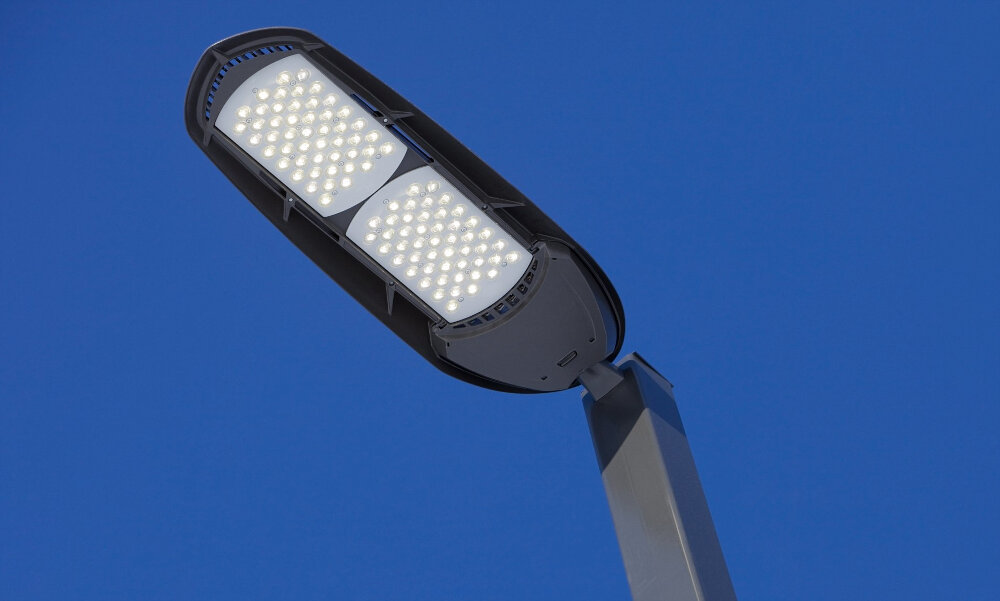
LED lights are becoming increasingly popular for indoor gardening as they offer a cost-effective and efficient way to promote plant growth. To get the most out of your LED lights, it’s important to choose the best color for plant growth. Blue and red light are the most effective for photosynthesis, which is the process by which plants convert light energy into chemical energy to fuel their growth. Blue light is essential for promoting vegetative growth, while red light is important for the flowering and fruiting stages of a plant’s life cycle. By using a combination of blue and red LED lights, you can provide your plants with the optimal light spectrum for their growth needs. When using LED lights to boost plant growth, it’s important to consider the intensity and duration of light exposure. Plants require a certain amount of light intensity to carry out photosynthesis, and this varies depending on the type of plant. For example, high-light plants like tomatoes and peppers require more intense light than low-light plants like lettuce and herbs. It’s important to adjust the distance between the LED lights and your plants to ensure they are receiving the right amount of light. Additionally, plants require a certain amount of darkness each day to rest and regenerate. Be sure to turn off your LED lights for at least eight hours each day to give your plants the break they need.
When it comes to selecting the right LED lights for your plants, it is important to keep in mind the specific needs of each type of plant. Different plants require different wavelengths of light, and a light that is too strong or too weak can have negative effects on growth. It is also important to choose a light with the appropriate color temperature, as this can affect the overall health and appearance of your plants. Blue light is ideal for promoting vegetative growth, while red light is better for encouraging flowering and fruiting. Additionally, it is important to consider factors such as intensity and duration of light exposure, as well as the type of fixture and placement of the lights within your growing space.
Proper placement and timing are crucial for optimal results when using LED lights to boost plant growth. The placement of the lights should be at a distance that allows the plants to receive the appropriate amount of light without being too close and causing damage. It is also important to consider the timing of the light exposure, as plants require a certain amount of darkness to properly photosynthesize. The best time to provide light exposure is during the day, with a recommended duration of 12-16 hours. Additionally, the color of the LED lights used can have a significant impact on plant growth. Research has shown that red and blue light wavelengths are the most effective for promoting photosynthesis and overall growth. By carefully considering these factors and implementing them appropriately, gardeners can achieve optimal results and help their plants thrive.
LED lights have revolutionized the way we approach plant growth. They offer numerous benefits over traditional lighting sources such as incandescent or fluorescent bulbs. One of the key advantages of LED lights is their energy efficiency. They consume significantly less energy than other lighting options, which translates to lower electricity bills and a reduced carbon footprint. Additionally, LED lights produce very little heat, which means they can be positioned closer to plants without causing damage. This proximity allows for more targeted light delivery, which is crucial for optimal plant growth. LED lights also emit specific wavelengths of light that are beneficial for photosynthesis and other plant processes. By using LED lights, you can fine-tune the light spectrum to promote growth, flowering, and fruiting in your plants. Overall, LED lights offer a cost-effective, environmentally friendly, and effective solution for boosting your plants’ growth.
When it comes to using LED lights to boost your plants’ growth, it’s essential to choose the right color for maximum results. Research has shown that different wavelengths of light have varying effects on plant growth and development. For example, blue light is necessary for promoting vegetative growth, while red light is crucial for flowering and fruiting. Therefore, it’s crucial to select LED lights with a balanced spectrum of blue and red wavelengths to ensure optimal plant growth. Choosing the right color can make a significant difference in the health and productivity of your plants, so be sure to do your research and invest in high-quality LED lights that offer the best results for your specific plant species.
Conclusion
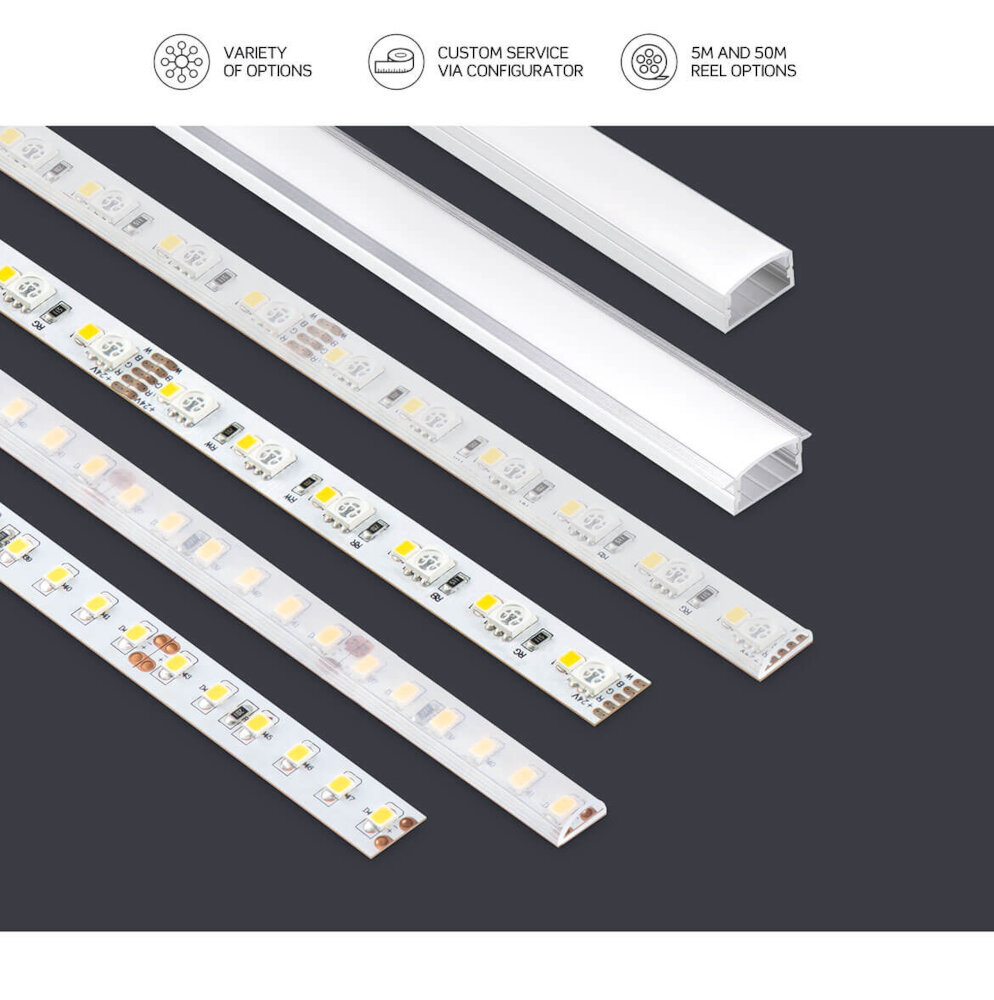
In conclusion, it is evident that LED lights are an excellent option for boosting plant growth, and the best color for plant growth is red and blue. The scientific research and experiments have shown that the red and blue color spectrum has the highest efficiency in promoting photosynthesis and growth in plants. LED lights not only provide the necessary light for plants to thrive but also save energy and money in the long run. It is essential to understand the different color spectra and their impact on plant growth to choose the best LED lights for your indoor garden or greenhouse. So, if you want to see your plants grow faster and healthier, switching to LED lights with the right color spectrum can be a game-changer.


